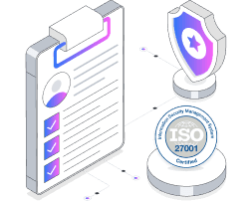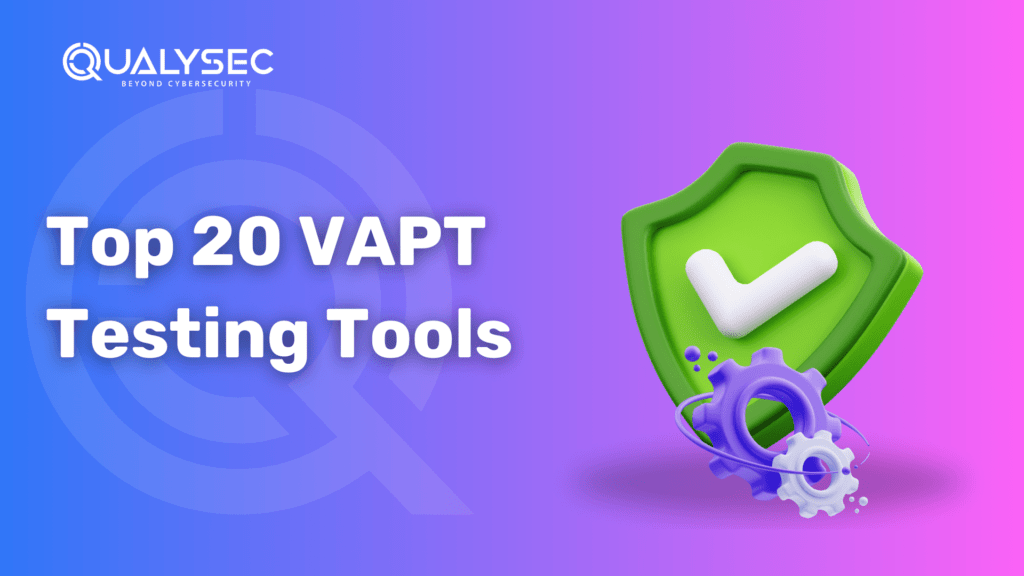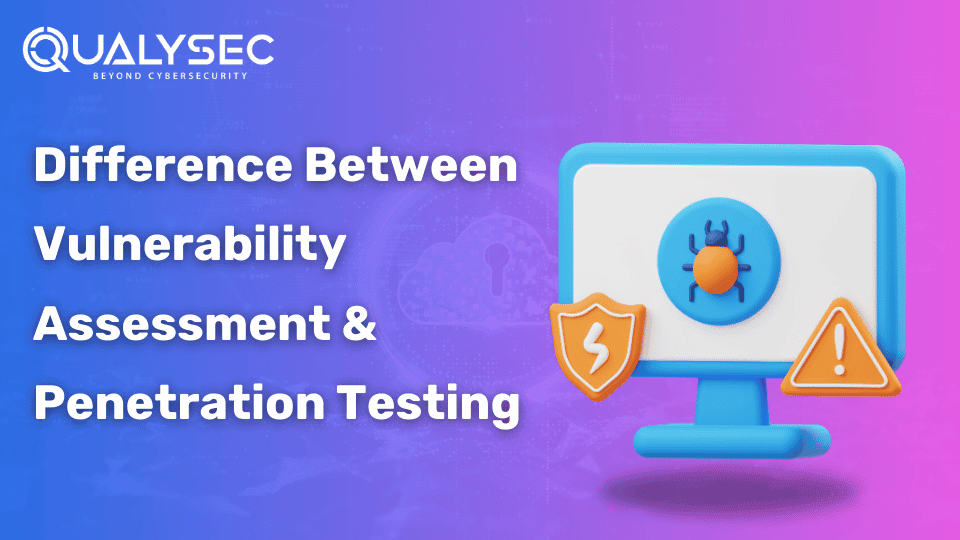Top 20 VAPT Testing Tools For 2025 – A Complete Guide
With globalization, organizations are increasingly struggling with cyber threats to their security. The reality is that businesses cannot afford to sit idly, waiting for an attack to occur, while their systems have cracks that malicious actors need just a moment to capitalize on. This is where VAPT Testing tools come into play quite handy. What is more, these tools do not only show where an intruder can potentially break into a system but also provide estimates of the damage an actual cyber attack can cause. Given the fact that several tools are available, it can be difficult to decide which particular tool to use for VAPT. To save you the stress of going through various reviews, we present you with the Top 20 VAPT testing tools for 2025. With this list, a feature set accompanies each tool, covering most security requirements, from web applications to cloud infrastructure. What are VAPT Testing Tools? VAPT testing tools refer to software that can be used for two stages: vulnerability assessment and penetration testing. Vulnerability assessments are practices that help to discover the gaps in certain systems, and penetration testing takes it one notch higher, by attempting to take advantage of these gaps. Such tools tend to offer specific information on the security structures prevailing within an organization, and this way, risks can be averted efficiently. List of Best 20 VAPT Tools Ever 1. Burp Suite Burp Suite is a widely used web application security tool offering a comprehensive platform for conducting web application penetration testing. It is popular among security professionals for its flexibility and powerful testing mechanisms. Key Features: Burp Suite is perfect for novices and professionals alike, and users can download a free version of the product, as well as the commercial one. 2. Netsparker Netsparker is a web application security scanner that finds vulnerabilities such as SQL injection, cross-site scripting, and many more. While moving through thought webpages, Netsparker employs a Proof-Based Scanning™, which helps distinguish real vulnerabilities in the tested website from potential fakes, i.e., traditional scanners tend to deliver more false-positive results. Key Features: The big enterprises use Netsparker as it is accurate, easy to use, and can be scaled up. 3. ZAP (OWASP Zed Attack Proxy) ZAP is an open-source web application security scanner that is developed by the OWASP community. It’s easy to use and can be beneficial to the casual writer and the professional one as well. Key Features: As a result of being open-source, ZAP is highly configurable and can be applied across the VAPT testing tools online spectrum. 4. w3af w3af, which stands for Web Application Attack and Audit Framework is an open-source tool that focuses on identifying vulnerabilities in web applications. It has a plugin system for its functionality so people can add more to it. Key Features: w3af is most appropriate for the security specialist who wishes to have a high-end and customizable web application security scanning tool. Latest Penetration Testing Report Download 5. SQLMap It is known as an SQL injection tool, SQLmap is a specialized and open-source tool that helps automate the process of identifying vulnerabilities to SQL injection attacks. It is a valuable resource in the field of database security testing. Key Features: By now most of you are quite familiar with SQLMap, which is now used by hackers for security research and penetration testing of web applications that rely on databases. 6. Nmap Nmap (Network Mapper) is quite possibly one of the most flexible and useful network security tools available. It is mainly used for networking discovery and security checking, where one can discover the different open ports, services, and hosts on the networks. Key Features: Nmap is an indispensable tool for system administrators and security specialists who want to explore and possibly visualize the infrastructure of a network. 7. Nikto Nikto is another tool for scanning for web servers; it is used for the detection of potentially dangerous files, outdated server software, and misconfiguration. Key Features: Nikto is excellent for web admins who occasionally require the service to evaluate the security of the web server. 8. OpenSSL OpenSSL is an open-source SSL/TLS toolkit that allows communication over the internet on network protocols. Although it is not a vulnerability scanner, OpenSSL plays a vital role in checking how well Secure Socket Layer/Transport Layer Security communications channels are utilized. Key Features: OpenSSL is crucial for sustaining the security of connections encrypted over the networks. 9. Metasploit Independently, Metasploit is known as a highly useful penetration testing tool for security experts and IT workers to provoke system security. Key Features: Metasploit is what is used by professionals performing intense penetration tests targeting complex networks. 10. MobSF or Mobile Security Framework MobSF is an open-source mobile Application Security Testing framework that performs security testing for Android and iOS apps. Key Features: MobSF is a tool that cannot be overlooked by any mobile application developer or any IT security personnel dealing with mobile applications. 11. ApkTool ApkTool is an application that is used to decompile Android applications. It is used for the security testing and the auditing of Android mobile applications by unearthing the code of the application. Key Features: ApkTool helps mobile security analysts/developers to test the security of Android apps. 12. Frida Frida is a flexible and powerful instrumentation framework for developers, reverse engineers, and security researchers for examining mobile as well as desktop and server applications. Key Features: Frida is well-loved among security researchers because of its ability to inspect and manipulate the execution of applications in real time. 13. Drozer Drozer is a comprehensive Android application used for security penetration testing, allowing users to perform attacks on their Android applications and devices. Key Features: Drozer is a tool to have around, especially for security specialists who specialize in Android application testing. 14. QARK (Quick Android Review Kit) it is a free cross-platform tool that focuses on analyzing security flaws of Android native applications. QARK is a code-scanning tool developed by LinkedIn to ensure mobile






